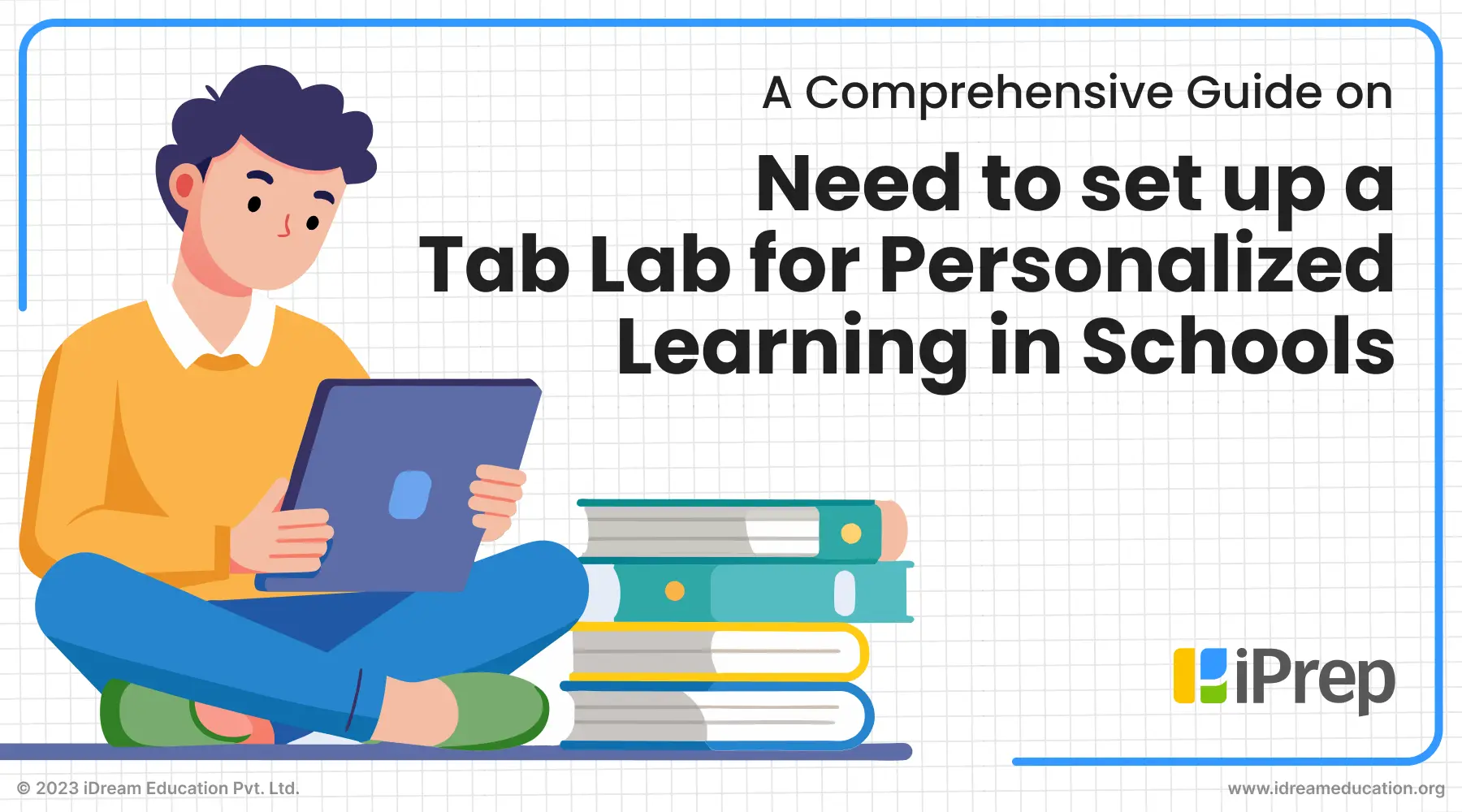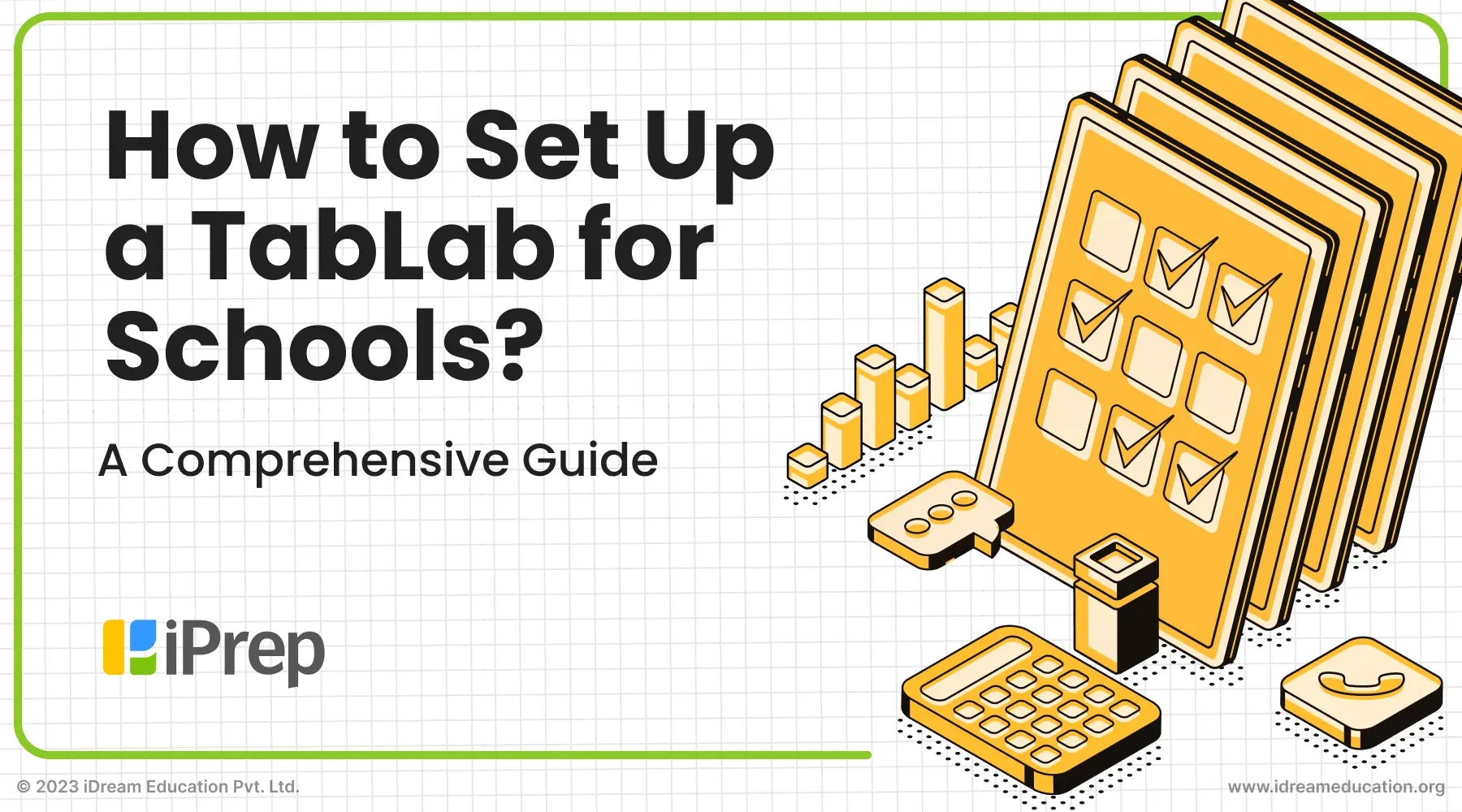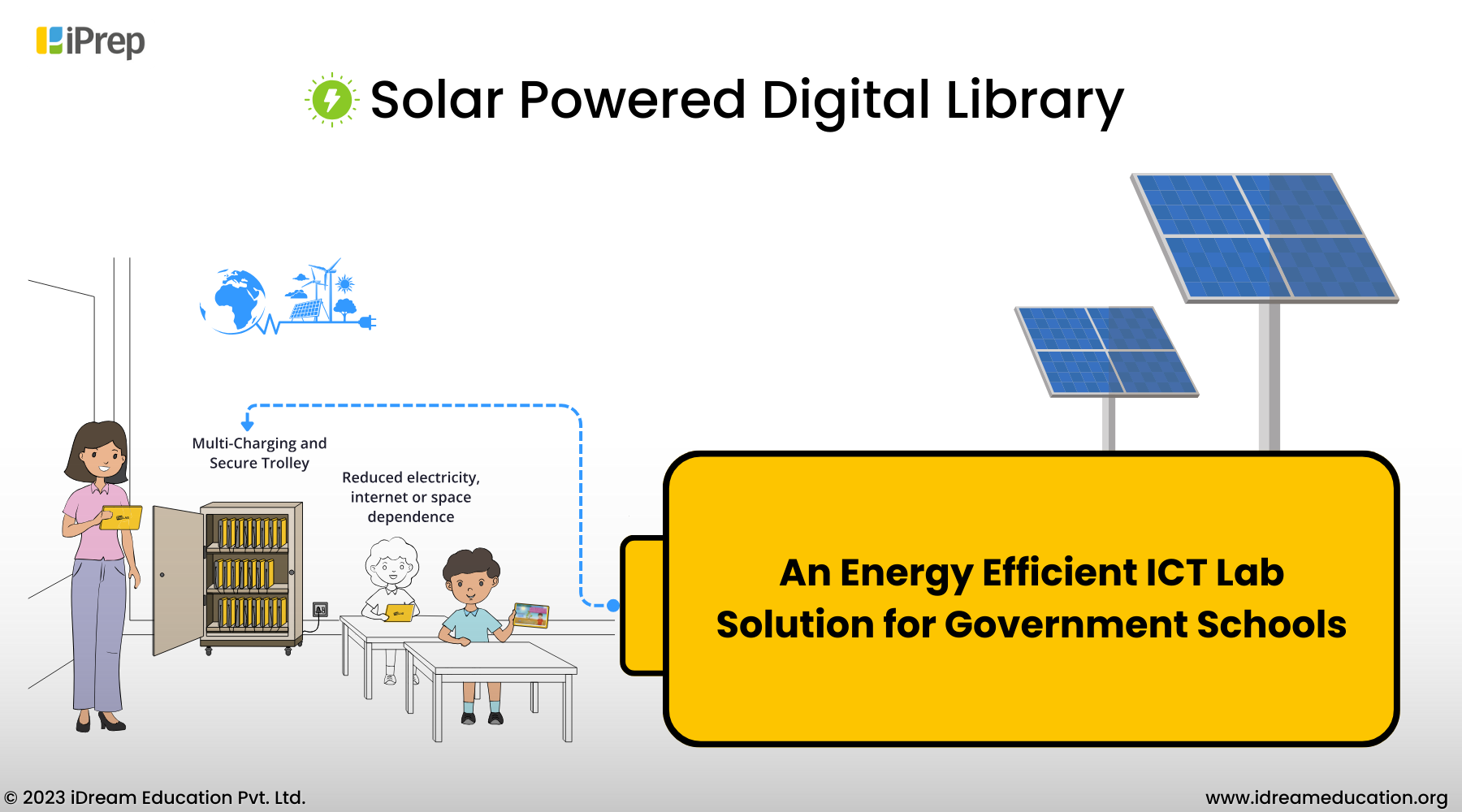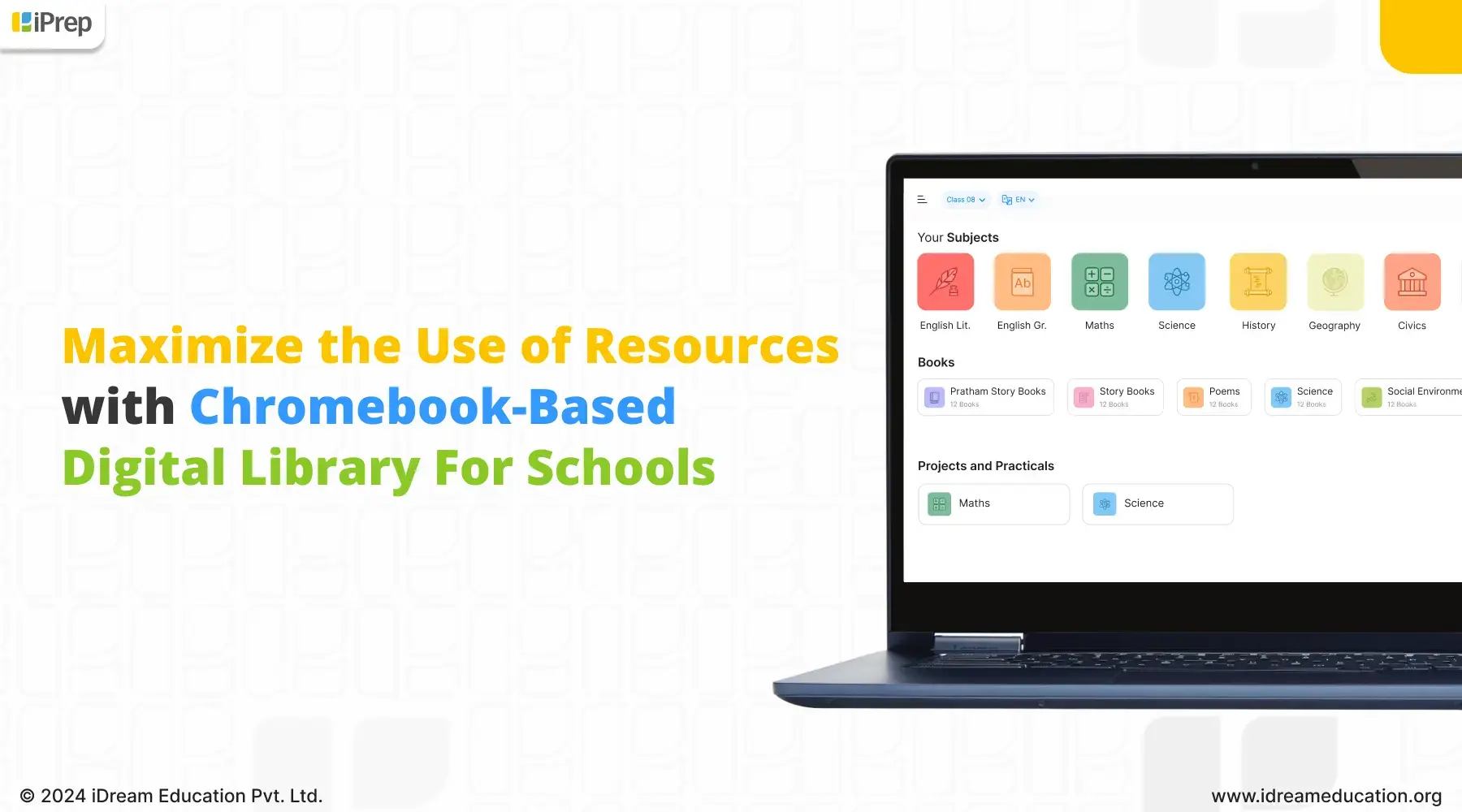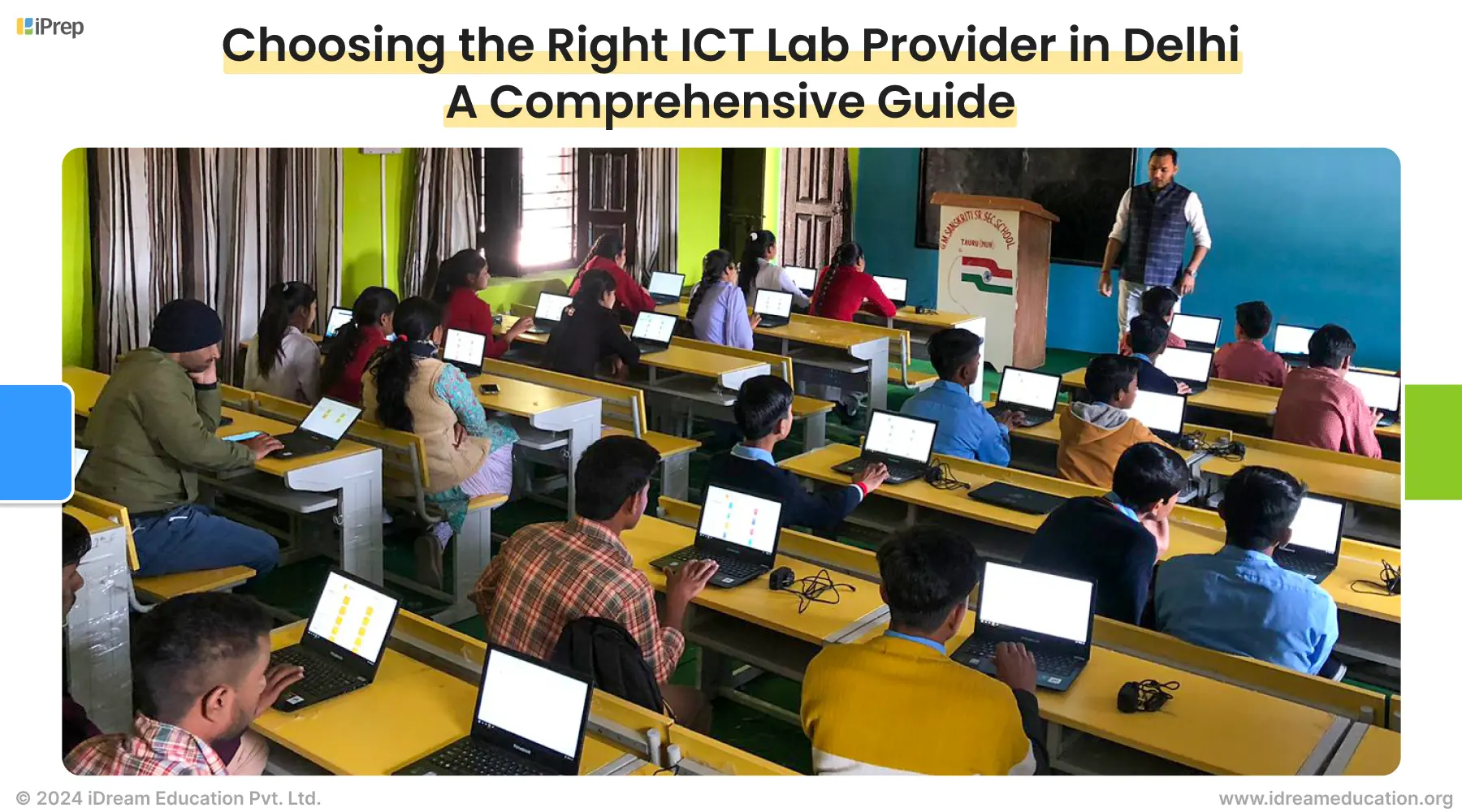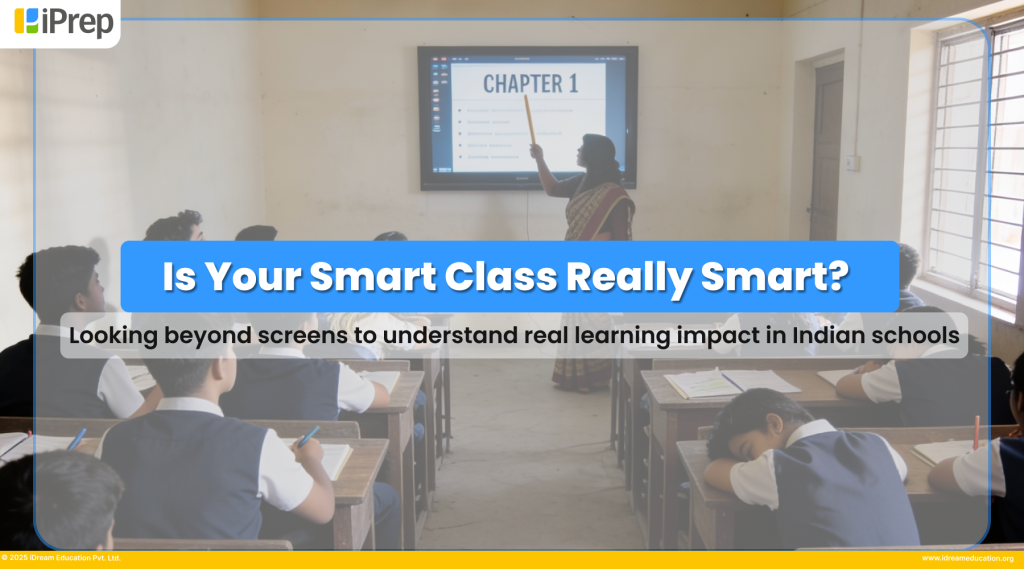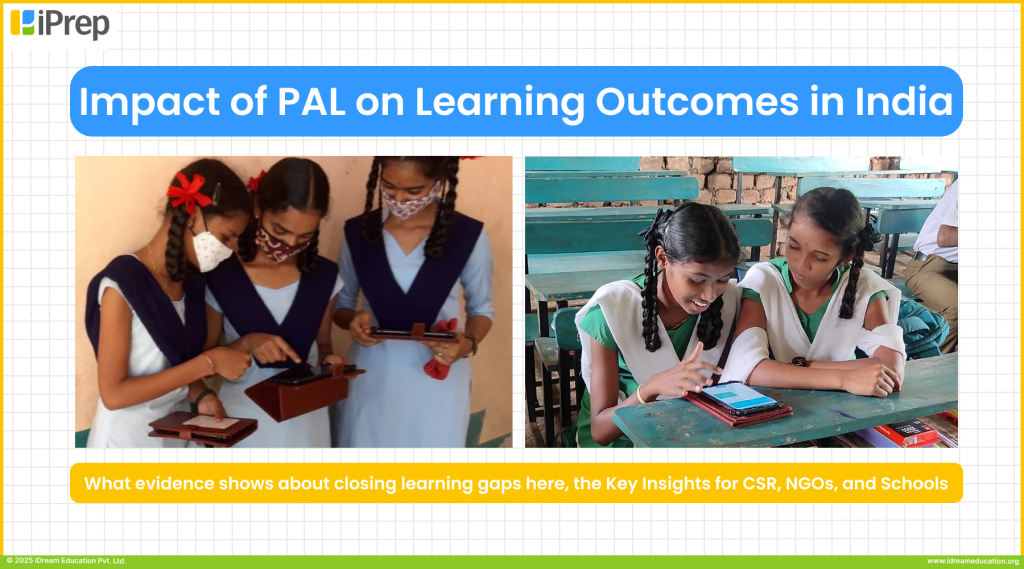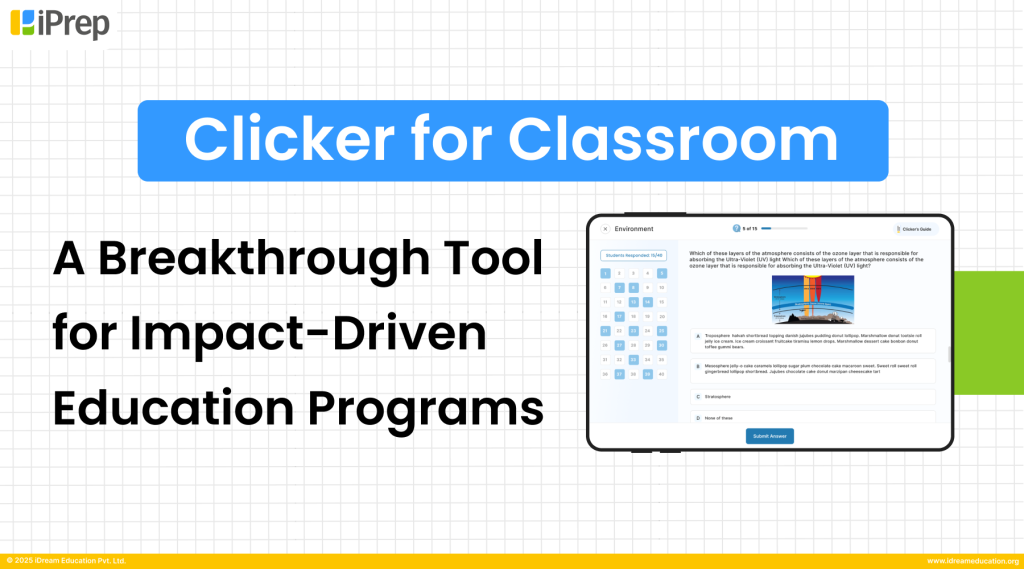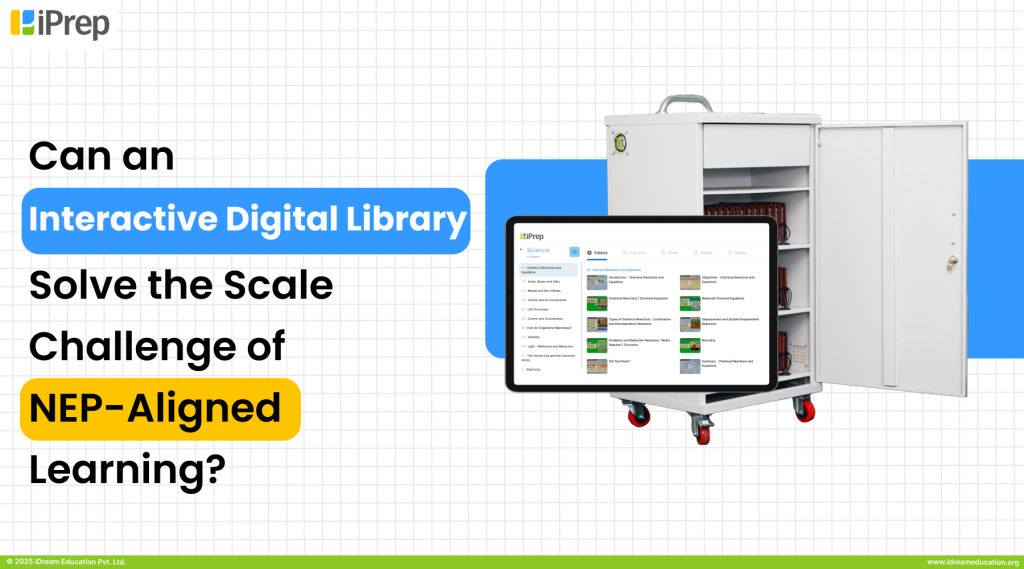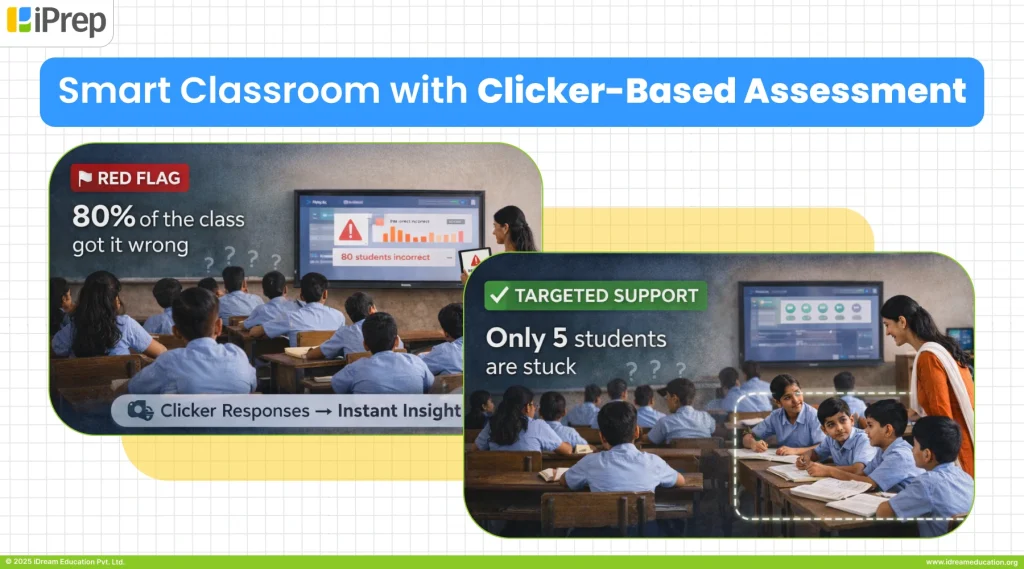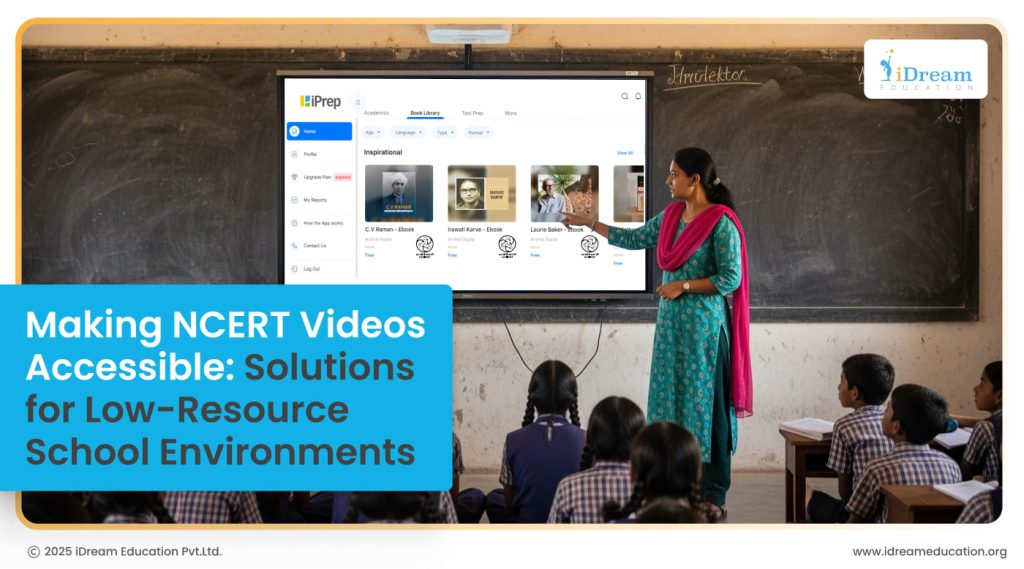
NCERT videos could change how millions of Indian students learn. But the problem is that most students who could benefit the most can’t actually watch these videos. Poor internet, no electricity, and outdated devices keep quality education out of reach for those who need it most.
This gap keeps getting worse every day. Rural schools struggle with unreliable connectivity. Students miss opportunities to achieve grade-level learning outcomes while their urban counterparts advance.
Teachers see this frustration daily. They know there’s great content that could help their students learn difficult topics better. But they can’t use it. No reliable internet means no streaming. Power cuts mean no devices. This affects whole communities, not just single classrooms.
Practical, offline digital content can bridge this divide. Instead of waiting for perfect internet connectivity, schools need systems that actually work without it. Pre-loaded content on tablets, videos stored locally rather than streamed, and setups that keep running even when the power cuts out.
The Ground Reality: Understanding Low-Resource School Challenges
Rural schools deal with multiple problems at once. Power cuts disrupt learning sessions. Internet connectivity remains patchy at best. Basic hardware often breaks down without replacement options nearby.
Here’s the reality: many rural primary and upper primary schools still face electricity connection challenges. These real infrastructure problems severely limit teachers who are trying to deliver quality FLN education.
But infrastructure tells only part of the story. Teachers manage classroom instruction, administrative duties, and student assessments while working within limited financial resources. Many may not have received adequate training in classroom technology integration. Students come with different levels of tech skills, which makes it harder for teachers to help everyone learn.
When schools can’t access quality educational content, it affects the whole community. Students struggle to reach their grade-level goals.
Adopting NCERT Videos: Key Barriers
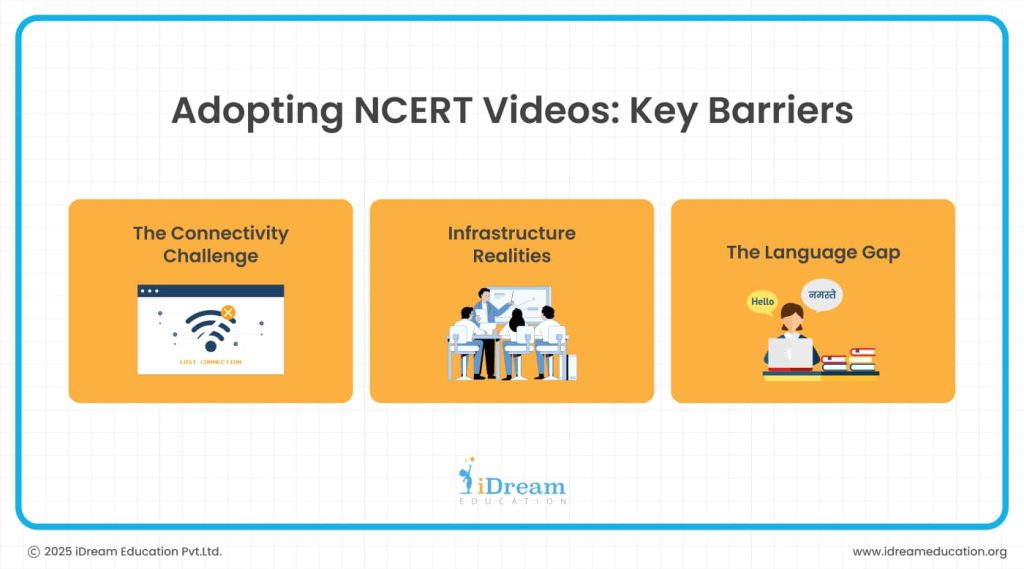
Schools face several challenges when trying to use NCERT videos:
The Connectivity Challenge
Streaming NCERT videos needs reliable internet, which many schools don’t have. Even schools with internet access face high data costs. Sometimes, just one week of video streaming can use up a school’s entire monthly internet budget.
Infrastructure Realities
Projectors sit idle without consistent power. Computers can’t run video formats they weren’t designed for. Speakers don’t work due to compatibility problems.
These issues occur regularly when well-planned technology meets practical constraints.
The Language Gap
NCERT offers multilingual content, but quality and availability vary significantly across regional options. Students learn better in their native language. Simple voice-overs or translations can’t provide the natural, familiar communication that supports real understanding.
Research consistently shows that children respond more quickly when taught in their native language. This isn’t about preference—it’s about comprehension and retention.
NCERT Videos: Practical Solutions That Actually Work
Here are some tried-and-tested approaches that educators may consider:
Offline-First Approach
The most effective strategy eliminates internet dependency entirely. Pre-loaded content works offline. Schools can enable NCERT learning with offline access solution. This needs careful content selection and regular updates, but delivers consistent access to curriculum-aligned materials.
What works best is tablet-based or notebook-based solutions where content arrives pre-installed. Students can engage with NCERT videos, practice materials, and interactive lessons without worrying about bandwidth limitations or data costs.
Device Flexibility Matters
You don’t need fancy, expensive equipment; successful solutions work across existing hardware. Basic Android devices, simple laptops, and even smart TVs can work as learning platforms for K12 with the right content delivery setup.
This approach fits actual budgets while maximising what schools can already access. Rather than expensive infrastructure overhauls, schools need smart solutions that build on their existing resources.
Localised Content Development
True accessibility extends beyond translation to meaningful adaptation. Good regional content uses accents that sound natural to local students. It includes cultural examples students recognise. The educational quality stays high while being easier to understand.
iDream Education provides content in Hindi, English, and over 8 regional languages like Gujarati, Marathi, Tamil, Telugu, Kannada, Bengali, and Oriya. Students can learn in the language they’re most comfortable with.
Technology Solutions for Universal Access to NCERT Videos
Now the question is, which solutions should be prioritised? Let’s take a look:
Smart ICT Labs: Mobility and Simplicity
Tablet-based Smart ICT Labs work well for schools with limited resources. These systems can move between classrooms, halls, or outdoor areas.
With charging stations, there is no need for power outlets in every corner of the classroom. This keeps devices powered up and ready when students need them. In a project with Rotary in Delhi. Over 1300 learning tablets were distributed and used by students for personalised learning by Govt school students.
A single charging station can power multiple devices, stretching limited electrical access further for digital learning.
Watch More:
Integrated Reporting Systems
Successful programmes require effective monitoring capabilities. This helps track how students are engaging and progressing. Cloud-based reporting systems sync up whenever the internet is available.
Teachers gain insights into individual student needs. Administrators access data for programme improvement. Parents can monitor their children’s learning journey. This approach ensures accountability while supporting continuous enhancement.
Comprehensive Content Ecosystems
NCERT videos work best as part of complete learning environments rather than isolated resources. Students benefit from access to practice materials, interactive lessons, assessment tools, and skill-building activities.
This ensures video content serves broader educational goals while providing opportunities for different learning styles.
Making NCERT Videos Work in Your School
Every school situation is different, but these approaches have proven effective across various settings and budgets:
Start Small, Scale Smart
Most successful programmes begin with a pilot phase in one or two classrooms. This allows schools to test the technology, train teachers, and work out any issues before expanding to the entire campus.
Typically, we have seen that rollout takes 3-6 months from pilot to full implementation.
Teacher Empowerment Through Training
Technology remains ineffective without confident, capable educators. Comprehensive digital training programmes focus on practical integration techniques rather than overwhelming technical complexity. Teachers need digital literacy to use resources naturally within existing teaching methods.
Effective training addresses real classroom scenarios. Teachers practice with actual content. Support continues beyond initial sessions to ensure long-term adoption and effectiveness.
Building Community Support
Parents and local community members need to see the actual impact before they’ll support digital learning initiatives. Once they understand how these tools help their children learn better, they become strong advocates for the program. Communities that experience the benefits firsthand are more likely to support ongoing investment and improvements.
Planning for Long-Term Success
Any digital learning program needs solid maintenance planning from the start. Content requires regular updates to stay relevant. When hardware breaks, schools need quick technical support to minimise disruptions. Having a clear replacement strategy prevents gaps in learning when devices need upgrading.
Final Note
Getting NCERT videos into rural schools isn’t just about having the right technology; it’s about quality content and the support to actually make it work. The key is finding solutions that deal with real challenges on the ground while still pushing for every child to get a quality education.
At iDream Education, we believe every student deserves equal access to quality education. A lack of reliable internet or power shouldn’t limit what a child can achieve. When schools have offline systems that actually work, teachers who know how to use them, and implementations that fit their reality, they can start closing those digital gaps that hold students back.
The goal extends beyond simple technology deployment. We’re creating sustainable educational ecosystems via our iPrep Digital Class, PAL, and Digital Library solutions that empower both teachers and students.
iPrep, our K12 learning platform, brings NCERT-aligned content and video lectures to students across classes 1-12. We’ve created animated lessons, practice exercises, and supplementary materials that cover every subject and grade level, following the NCERT curriculum in both English and Hindi (plus other languages).
Students can use any device they have – tablets, phones, even basic Chromebooks. No internet? No problem. The content works offline too. So a student in rural Rajasthan can study during power cuts, while another in Mumbai reviews lessons on the bus. Each child goes at their own pace. Plus, everything aligns with NEP 2024 and CBSE’s SAFAL requirements, and it plugs right into existing smart classrooms without any headaches.
To learn more, you may contact us at +91 7678265039.
You can also share your details here or write to us share@idreameducation.org.


